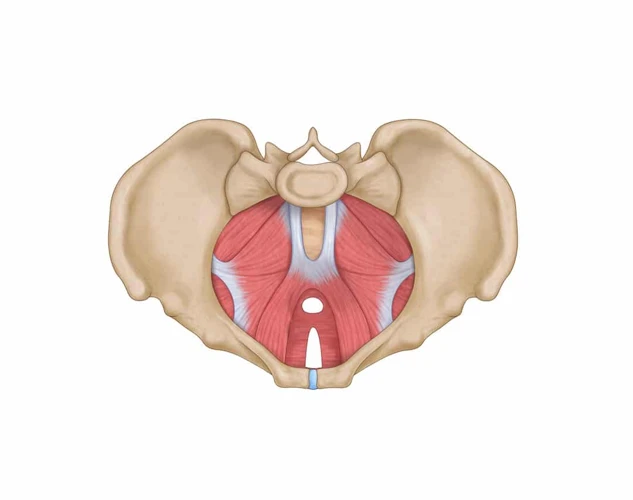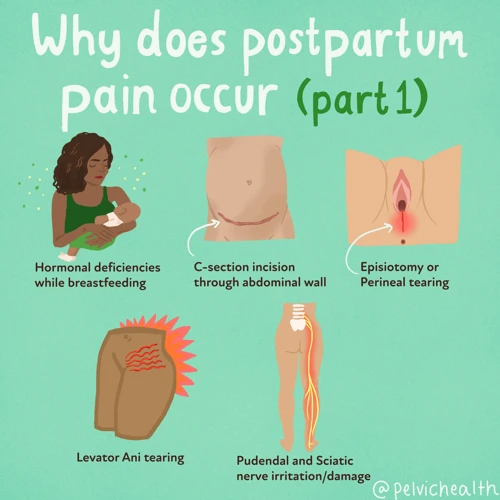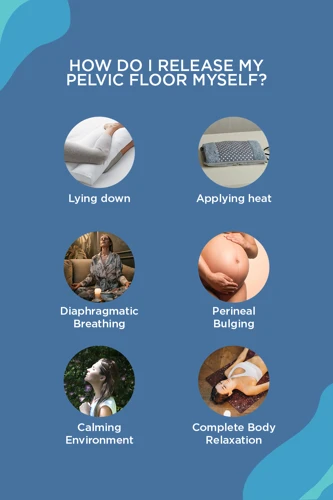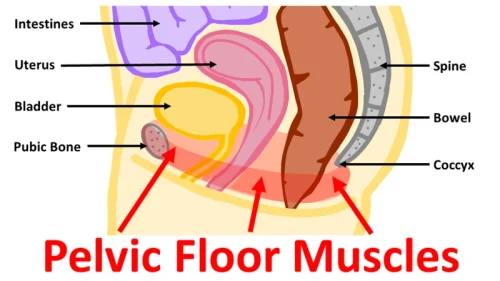Massaging the pelvic floor muscles can provide significant relief, promote relaxation, and improve overall well-being. In this article, we will explore how to massage the pelvic floor muscles for maximum comfort and relaxation. We will also discuss the benefits of pelvic floor muscle massage, the best techniques, and expert tips to optimize your massage experience.
Anatomy of the Pelvic Floor Muscles
The pelvic floor muscles are a group of interconnected muscles located at the base of the pelvis. They play a crucial role in supporting pelvic organs, maintaining continence, and promoting good posture. These muscles include:
🔹 Pubococcygeus – Supports pelvic organs and aids in bladder control.
🔹 Iliococcygeus – Helps maintain continence and supports pelvic structures.
🔹 Puborectalis – Forms a sling around the rectum, assisting in bowel control.
🔹 Iliorectalis – Provides additional support for pelvic organs and maintains proper muscle function.
| Muscle | Origin | Insertion | Function |
|---|---|---|---|
| Pubococcygeus | Pubic bone | Coccyx | Supports pelvic organs, aids continence |
| Iliococcygeus | Ischium | Coccyx | Supports pelvic structures, maintains continence |
| Puborectalis | Pubic bone | Rectum | Forms a sling around the rectum, aids in bowel control |
| Iliorectalis | Ischium | Rectum | Supports pelvic organs and helps with continence |
Massaging the pelvic floor muscles can help release tension, improve continence, enhance posture, and promote overall pelvic health.

Benefits of Massaging the Pelvic Floor Muscles
✔️ Improved Circulation – Boosts blood flow, enhancing nutrient delivery and reducing muscle tension.
✔️ Pain Relief – Eases discomfort from chronic pelvic pain, tension, or musculoskeletal issues.
✔️ Stress Reduction – Helps release physical and mental stress, promoting relaxation.
✔️ Better Bladder Control – Strengthens the pelvic floor, reducing urinary incontinence risks.
✔️ Enhanced Sexual Health – Increases sensitivity and improves sexual function.
✔️ Improved Posture – Relieves pelvic tension, helping with better muscle alignment and posture.

Massage Techniques for the Pelvic Floor Muscles
Manual Massage Techniques
👐 Effleurage – Light, gliding strokes to warm up the muscles and stimulate circulation.
🔄 Friction – Gentle circular motions to target deep tissue tension.
🤲 Petrissage – Kneading and rolling motions to enhance relaxation and improve blood flow.
Mechanical Massage Techniques
🎛️ Vibration Therapy – Uses a vibrating device to relax tight pelvic floor muscles.
🔥 Heat Therapy – Applying a warm compress or heat pad to encourage relaxation.
❄️ Cold Therapy – Using a cold pack to reduce inflammation and muscle soreness.
Preparing for a Pelvic Floor Muscle Massage
Key Preparation Steps
👕 Wear Loose Clothing – Ensure comfort and ease of movement.
🧼 Maintain Hygiene – Keep the pelvic area clean and dry.
🏡 Choose a Relaxing Space – A quiet, comfortable area free from distractions.
🛠️ Use Proper Tools – Have lubricants or massage devices ready.
👩⚕️ Seek Professional Guidance – Consult a specialist if needed.
Steps for Massaging the Pelvic Floor Muscles
🛋️ Find a Comfortable Position – Sit or lie down in a relaxed posture.
👐 Identify the Pelvic Floor Muscles – Gently place your hands on the pelvic region.
🔄 Start with Gentle Pressure – Use circular motions with your fingers to locate tension points.
📈 Increase Pressure Gradually – Focus on tight areas, applying deeper pressure as needed.
🌬️ Breathe Deeply – Maintain slow, steady breathing to enhance relaxation.
🧘 End with Gentle Strokes – Finish with light, soothing strokes to relax the area.
Regular pelvic floor muscle massage can help reduce tension, improve flexibility, and promote long-term pelvic health.
Aftercare Tips
🚫 Avoid Strenuous Activities – Refrain from intense exercise for at least 24 hours.
💧 Stay Hydrated – Drink plenty of water to help flush out toxins.
❄️ Use Cold Therapy – Apply an ice pack if you experience any soreness.
🛁 Take a Warm Bath – Helps further relax the muscles.
🚫 Avoid Alcohol & Caffeine – Reduces inflammation and promotes better recovery.
😴 Rest & Relax – Allow your body time to adjust post-massage.
📅 Schedule Regular Sessions – Routine massage sessions can help maintain pelvic muscle health.
Precautions for Pelvic Floor Muscle Massage
⚠️ Be Gentle – Excessive pressure can cause discomfort.
⚠️ Use Lubrication – Reduces friction and enhances comfort.
⚠️ Avoid Pressure Points – Work around sensitive areas.
⚠️ Stop if Pain Occurs – Discontinue massage if you feel discomfort.
⚠️ Seek Professional Help – Consult a specialist if unsure about proper techniques.
Frequently Asked Questions
What is the Best Way to Access the Pelvic Floor Muscles for Massage?
✋ Palpation – Using hands to feel for muscle tension.
🎯 Pressure Point Massage – Applying targeted pressure to trigger points.
🔄 Myofascial Release – Using gentle, sustained pressure to release tension.
🧘 Stretching – Helps improve flexibility and relieve tension.
🔊 Ultrasound Therapy – Uses sound waves to enhance circulation and reduce inflammation.
What are the Benefits of Massaging the Pelvic Floor Muscles?
😌 Relaxation & Stress Relief – Eases tension and enhances mental well-being.
❌ Pain Reduction – Relieves discomfort in the pelvic region.
🩸 Better Circulation – Enhances blood flow for faster recovery.
💪 Pelvic Floor Strengthening – Improves bladder and bowel control.
❤️ Enhanced Sexual Function – Increases sensation and flexibility.
What are the Potential Risks?
⚠️ Injury Risk – Excessive pressure may cause strain.
🦠 Infection Risk – Use clean hands and sanitized tools.
🔍 Nerve Sensitivity – Avoid aggressive pressure to prevent numbness.
🌿 Allergic Reactions – Test massage oils before use to avoid irritation.
How Often Should I Massage the Pelvic Floor Muscles?
A weekly massage is recommended for most individuals. However, frequency depends on individual needs and tension levels. Regular stretching and pelvic floor exercises can complement massage therapy.
Can I Massage the Pelvic Floor Muscles on My Own?
Yes! Self-massage techniques include using fingertips to apply gentle pressure to the pelvic region, performing trigger point therapy, and stretching exercises for relaxation.









Great post.